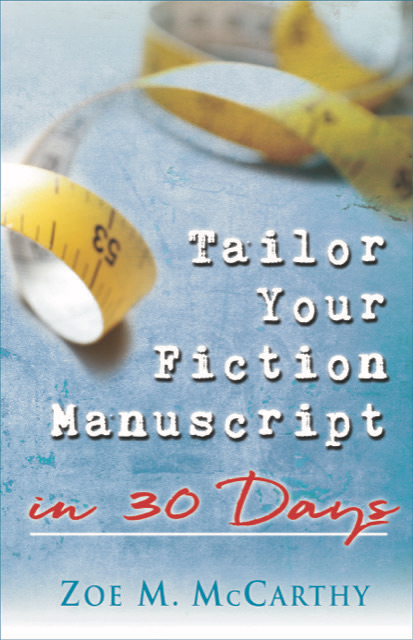
“I finished reading Tailor Your Fiction Manuscript in 30 Days. I have AND will highly recommend it to anyone who dabbles in fiction. It’s one of the best “how to” books I’ve ever read.” Marsha Hubler, Director Montrose Christian Writers Conference
See more information at the end of the post.
I’m referring to short personal anecdotes that you incorporate into a character’s experiences.
I consider personal stories are my own, my child’s, or my spouse’s experience in which I play a part. For example, my child needs to tell me what happened to him that day at school. I play a supporting role and experience the anecdote through my empathy and intimate feelings for my child.
Example: (A family personal experience I gave to Jace in Across the Lake releasing September 2020.)

Jace: “But it’s an accurate analogy.” He downed a fry. “When I was learning to drive, I thought I was a fast learner and an excellent driver. Then, in the Drivers Ed car with gorgeous Lisa Schroder sitting in the backseat, it was my turn to drive. Had to impress Lisa. I pulled barely to a halt at a stop sign, then pulled out to cross the highway. The instructor stomped on his brake, throwing us against the seatbelts. A motorcycle rumbled past. Man, my entire body burned with embarrassment. Feared Lisa would always judge me an idiot—the guy who tried to kill her.” Jace looked at Em. “Let me tell you, ever since that day of wanting to bury myself six feet under, I always come to a full standstill at stop signs and look both ways before I proceed.”
Tips to Successfully Enhance Your Novel with Personal Stories
Tip 1: The anecdote must have a purpose:
- develop a character’s strengths or flaws
- support a story theme
- show a lesson (In the example, Jace and Em discuss learning from experiences after Em’s eighteen-year-old daughter has had a bad experience she could have avoided.)
- enhance the plot
If the anecdote doesn’t have one of these purposes, then it’s probably a darling you need to edit or cut.
Tip 2: Be sure your vignette has a beginning, middle, and an end as all good stories possess. Jace’s story gives an intro (when I was learning to drive), a middle (what happened), and an ending (what he learned).

Tip 3: You have license to and should change details to make the personal story powerful but retain the emotions you experienced. (I changed the student in the back seat to a female and built on the embarrassment my family member suffered.)
Tip 4: Write it so that it is relatable to the reader. Your experience’s commonness may be more important than its weirdness. Readers will appreciate if they can take away something from the anecdote. (Most readers remember Drivers Ed and how they feared and loathed making a mistake.)
Tip 5: Avoid a broad brushstroke story. Zero in on the details in your anecdote to bring the story alive and produce an impact. Remember senses. (Too broad would have been: “I slipped up in Drivers Ed. The instructor had to intervene. I was so embarrassed. I learned a lesson.”)
What personal anecdote have you used in a manuscript?



 RSS - Posts
RSS - Posts



Thanks for a great teaching on how to make our dialogues realistic and relevant to our readers. You’re the best!
Yes, we can use our personal stories in dialogue or in action. Thanks, Joanie.